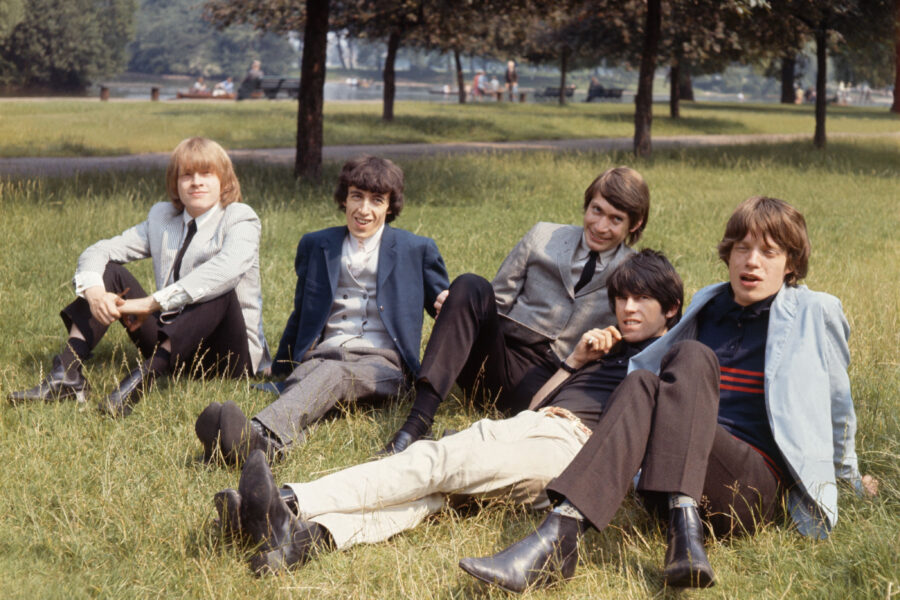Art has always been a powerful medium for expressing ideas, emotions, and cultural movements. Throughout history, artists have utilized various tools and technologies to create their works, from traditional paint and canvas to photography, sculpture, and performance art. In recent years, however, a new wave of artists has emerged who are embracing digital innovation in their work, blurring the lines between art and technology.
Defining Digital Art
Digital art encompasses a wide range of artistic practices that involve the use of digital technologies in the creation, presentation, and distribution of art. This can include everything from computer-generated imagery and digital painting to virtual reality installations and interactive media. The advent of digital tools has opened up new possibilities for artists to explore and experiment with different mediums and techniques, pushing the boundaries of traditional art forms.
The Rise of Digital Artists
In recent years, there has been a significant rise in the number of artists who are incorporating digital techniques into their work. Many contemporary artists are drawn to the limitless possibilities that digital technology offers, allowing them to create immersive and interactive art experiences that engage viewers in new and exciting ways. Some of the key drivers behind this trend include:
Accessibility
One of the key advantages of digital art is its accessibility. Unlike traditional art forms that require physical materials and studio space, digital art can be created using a computer and software programs. This has democratized the art-making process, allowing artists from all backgrounds and levels of experience to experiment and create with digital tools.
Interactivity
Digital art has the unique ability to engage viewers in interactive experiences. Many artists are using technologies such as augmented reality and virtual reality to create immersive installations that allow viewers to interact with the art in real-time. This brings a new level of engagement and participation to the art-viewing experience, blurring the lines between observer and creator.
Global Reach
The internet has enabled digital artists to reach a global audience like never before. Artists can share their work online through social media platforms, websites, and digital galleries, allowing them to connect with viewers from around the world. This level of exposure has opened up new opportunities for artists to showcase their work, collaborate with other artists, and build a community of supporters.
Examples of Digital Innovation in Art
There are countless examples of artists who are pushing the boundaries of traditional art forms through digital innovation. Here are a few standout examples:
Jon Rafman
Canadian artist Jon Rafman is known for his digital art projects that explore the intersection of technology and culture. One of his most famous works is “9-Eyes,” a collection of images taken from Google Street View that captures moments of everyday life from around the world. Rafman’s work challenges traditional notions of photography and raises questions about privacy, surveillance, and the impact of digital technology on society.
Rachel Rossin
Artist Rachel Rossin is known for her immersive virtual reality installations that blur the boundaries between the physical and digital worlds. Rossin’s work often explores themes of memory, identity, and perception, creating surreal and otherworldly environments that invite viewers to step inside and experience the art firsthand.
Refik Anadol
Turkish artist Refik Anadol is a pioneer in the field of machine learning and artificial intelligence. His work often involves using algorithms to generate visual and auditory experiences that challenge our perceptions of reality. Anadol’s digital installations have been featured in museums and galleries around the world, showcasing the potential of AI as a tool for artistic expression.
The Future of Digital Art
As digital technology continues to evolve, the possibilities for artistic expression are endless. Artists are increasingly exploring emerging technologies such as machine learning, blockchain, and biometrics to push the boundaries of what is possible in art. The rise of NFTs (non-fungible tokens) has also opened up new avenues for artists to monetize their work and connect with collectors in the digital space.
Emerging Trends
Several emerging trends are shaping the future of digital art:
Artificial Intelligence
AI is increasingly being used by artists to create generative art, where algorithms generate new visuals or music based on input data. AI has the potential to transform how artists create and collaborate, opening up new possibilities for exploring the creative process.
Virtual Reality
Virtual reality technology continues to advance, allowing artists to create immersive experiences that transport viewers to new worlds. VR art installations are becoming more common in museums and galleries, offering a new way for audiences to engage with art.
Internet of Things
The Internet of Things (IoT) is enabling artists to create interactive art installations that respond to real-time data and sensor inputs. This has the potential to create dynamic and evolving art experiences that adapt to the environment and viewer interactions.
Conclusion
As digital technology continues to evolve, artists are embracing new tools and techniques to push the boundaries of traditional art forms. Digital innovation has opened up new possibilities for artistic expression, allowing artists to explore new mediums, engage with viewers in new ways, and reach a global audience. The future of digital art is bright, with emerging technologies and trends shaping the way we create, experience, and interact with art in the digital age.








Leave a Comment